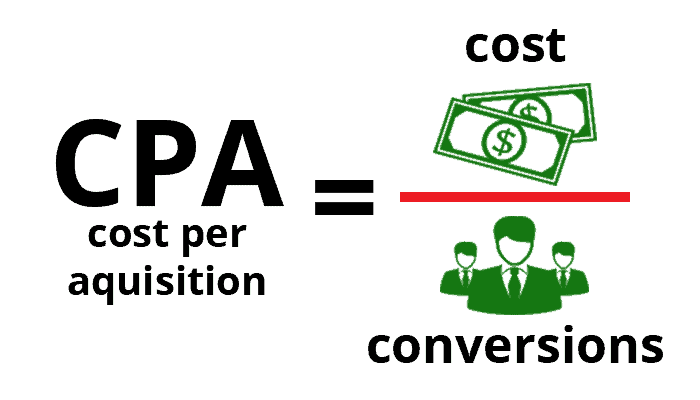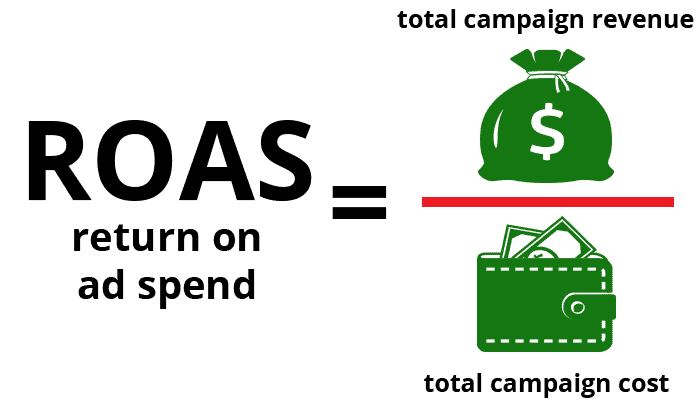Let’s dive into these easy ways that businesses can increase search ranking.
We aren’t saying that you’ll appear at the top of the search results in a couple days, but we do guarantee that using these tips will help a business climb search rankings on all major search engines over time.
Persistence and patience are key factors in search engine optimization.
It won’t happen overnight, keeping these best practices top of mind will help your content rank.
Tip 1: keyword planning
It all starts with keyword planning
Businesses with great content on their websites tend to appear at the top of the search results, and great content has a focus on keywords. Before a webpage is created, your business must first determine what word or words you want to rank for. Keyword planning is not simple, especially for businesses that don’t understand how to plan. Your business cannot simply pick a word, type it a bunch of times and cross your fingers to appear at the top of Google search rankings. Search engines are not fooled by this. Keyword density is important, but it’s not the only thing that the search algorithms consider when ranking pages in search results, especially with new progress with Google’s RankBrain. There are many factors that affect local search, and it’s important to dominate the ones you have control of.
Make target keywords niche, targeted and relevant
When keyword planning, be sure to use niche words, and target keywords that are relevant enough to get your business appearing in front of the right people online. If your local company wants to appear to the right local audience, you must be specific to your community. A local windshield repair company is going to have a hard time appearing for the keyword “windshield.” It’s not impossible, but it’s difficult for local companies to appear in the top few results for broad focused keywords. There is a much better chance to appear at the top of the search results if the keywords are narrowed down.
Keyword planning example
For example, a windshield company in Buffalo, New York wants to appear in front of local customers who may have a crack or chip in their window. They’d be much more successful aiming to rank for “rock chip repair in Buffalo” rather than the word “windshield.”
Tip 2: strengthen meta descriptions
Meta descriptions should contain your keywords
A meta description is a small description of what your webpage contains, it’s basically a summary of your business’s webpage in ~160 characters. These too must have a focus on keywords, and for smaller businesses such as local windshield repair companies, it’s important to have the right keywords in the meta description.
Meta description example
To keep this example consistent, “rock chip repair in Buffalo” was set as the Google search terms to see which businesses appear in the search results. It’s always a good idea to look at the business that appears first, see how they are doing it, and try to better their meta description.
In this case, this local windshield repair company that clearly knows what they are doing! As you look above, you can see that the meta description contains most of the words that we searched for. This is a fantastic way to target the specific search query of “rock chip repair in Buffalo” and to get frantic drivers with broken windshields through a business’s front door.
Help guide customers from page to page
Proper meta descriptions not only help in search result rankings, but they also give your prospective customers a summary of exactly what they may be looking for. Customers want it easy, they don’t want to spend a long time browsing for repair shops—they want to find answers easily and the solutions fast.
Tip 3: be unique
Search engine bots search for unique content
Another easy way to increase your search rank is to make something new, that no one’s seen before! It’s tough for your business to be unique from the fifty other local companies that compete in your company’s industry. However, the content on your business’s website should aim to be unique and somewhat different from the rest in order to stand out in the search rankings. The reason being that Google and other search engines search for original content when their bots are crawling sites. This means every site in a specific industry that has similar webpage copy will likely blend in, and the bots won’t declare those pages as original or unique. Don’t expect a local business page to appear high on the search rankings if it sounds exactly like every other local business page!
Tip 4: stay active everywhere online
The more online activity, the better
You business has to stay active online if you want to climb search rankings, make a name for yourself on places other than your company website. Your business can improve your local search by using data aggregators, or you can manually create listings on tons of directory sites.
Online mentions increase search engine influence
One thing many smaller businesses fail to understand is that business pages on reputable websites are so important! Social platforms like Facebook, Google+, LinkedIn are an easy way for your business to index your name. They will help spread your brand across various sources on the web. Likewise, review sites are hugely important! The more your business is mentioned online, the greater the influence you will have on search rankings.
Tip 5: blog
Blogs help keep web content fresh
Blogs are not only fun to write, but also a way to continuously produce new website content. Google’s algorithm specifically calls for continuous web content. If your business wants to appear high on the search rankings, it needs to produce content. Google is pushing web developers and content writers to keep websites from getting irrelevant or outdated, making content marketing a healthy company strategy.
Blog with a strategy in mind
Your business should establish a blog plan, no matter the industry. If that same windshield repair company in Buffalo New York wanted to blog, maybe they’d write about the “Top 10 windshield crack horror stories.” Or, they might write “How a rock chip ruined this man’s day.” These types of articles are relevant to their industry, and are loaded with keywords about their business. Tools such as WordPress, Medium and Ghost are all super useful in order to easily get started with blog publishing.
A blog presents a huge opportunity
It could be a funny blog, education on a topic, or serious industry stories. As long as the content that is being produced has a focus on their respective business industry. That’s just one example, but there are tons of opportunities for businesses in any specific industry. Don’t believe us that blogging is important? Here’s 58 reasons why businesses should run a blog. As long as your content is interesting, you’re golden.
Conclusion: content is key
Whether it’s keyword planning or great meta descriptions, it all involves the production of content. Remember to include writing original content and blogging as well! Content is key when you want to increase your search ranking. Implement these strategies and monitor your rankings. There are a variety of SEO tools, both free and paid that your business can use to do so. While your rankings won’t shoot up overnight, your business has a huge opportunity to increase your search engine rankings.
When you want to increase your search rankings, focus on educating, entertaining, or offering a helpful resource.
Like these tips? Read some of our other free resources for local businesses!










